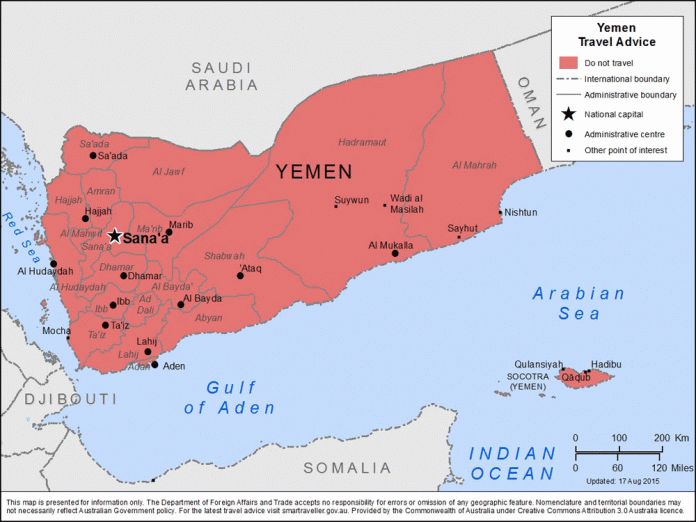The Yemeni conflict has both internal and external dimensions. The main catalyst of the internal roots of the conflict is the unequal development interventions among the Yemeni regions that generated fragmented governance structures and disordered societies which in reality fabricated very fragile relations. This has led certain groups of the Yemeni citizens accumulate catalogue of grievances, therefore, justify their opposition against the state. Not only the internal drivers but, and without doubt, since the creation of the modern Yemeni state, it has been a laboratory of external initiatives and multiple interventions that complicated the situation and shaped the Yemen’s state political dynamics. This prepared the state to pass through political, social, and economic turmoil which broke the hope and aspiration of the citizens.
This study argues that the genesis, drivers, and actors of the Yemeni conflict are varied from one to another, yet the major drivers of the conflict are local, but the roles of external actors who persistently engaged in the conflict for political reasons remain apparent. It dismisses that the external actors, both from the region and beyond will bring peace and stability to Yemen. The study proposes possible solutions to some critical issues include: how inclusive Yemeni state can stand on its feet vis-à-vis its quest for long-lasting political stability to overcome the very weaknesses of its institutions, thus, strengthen the capacity of the state in the long-term.






























